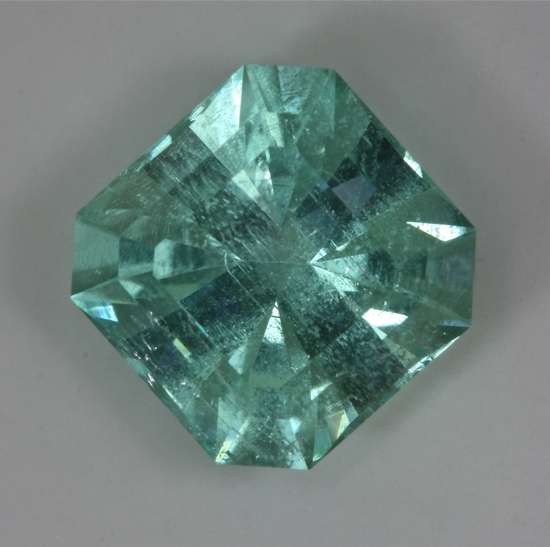Collectors and lovers of tourmaline should be tolerant of inclusion in tourmaline to appreciate the full glory of tourmaline color. This opinion has grown up over the years of cutting tourmaline, in part out of necessity and in part out of a growing appreciation of the properties of tourmaline.
I am not saying that any level of inclusions and flaws are acceptable. In fact I will list some criteria that I use to judge whether a gemstone will suffer from cleanliness issues.
- The inclusions should not be under the table of the gemstone.
- Any residual feathers should be perpendicular to the table.
- Any residual inclusions should not flash and be distracting.
- Growth tubes should be small in diameter and oriented vertically to the table.
- The quality of crystal should be high enough that the finished gemstone is not cloudy.
I use the criteria in the purchase of rough and particularly in the orientation of rough during the preforming stage. As I have sought out a wider variety of colors in tourmaline I have accepted more included rough. The challenges presented by this rough have been meet by sacrificing yield and I don’t know how economic the effort its at times. But the beautiful colors that I see in the quality stones,of my collection, make it all worth while. It is amazing how a well polished tourmaline with fine color can carry the day with significant inclusions that are oriented properly. One disconcerting thing is the ability of digital photography to pick up inclusions like a microscope and far in excess of what the eye can do. Still the eye rules for me and it is my opinion that you can not get the benefit of color in tourmaline without accepting imperfect gemstones. This especial goes for cuprian and many rarer colors like yellow and cyan without copper.

